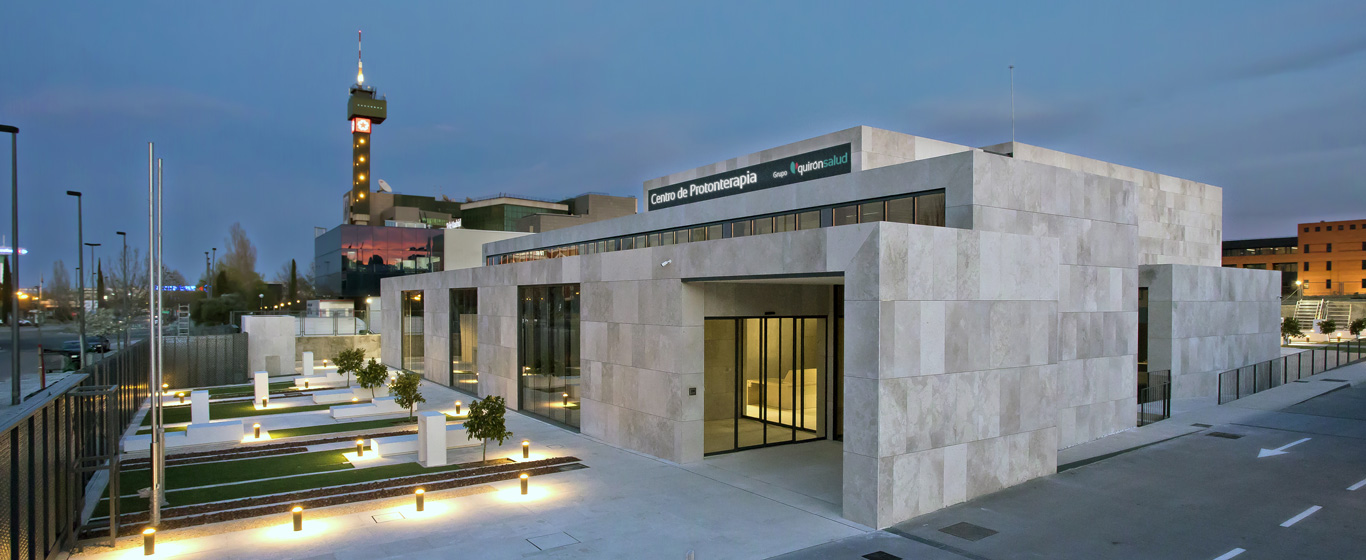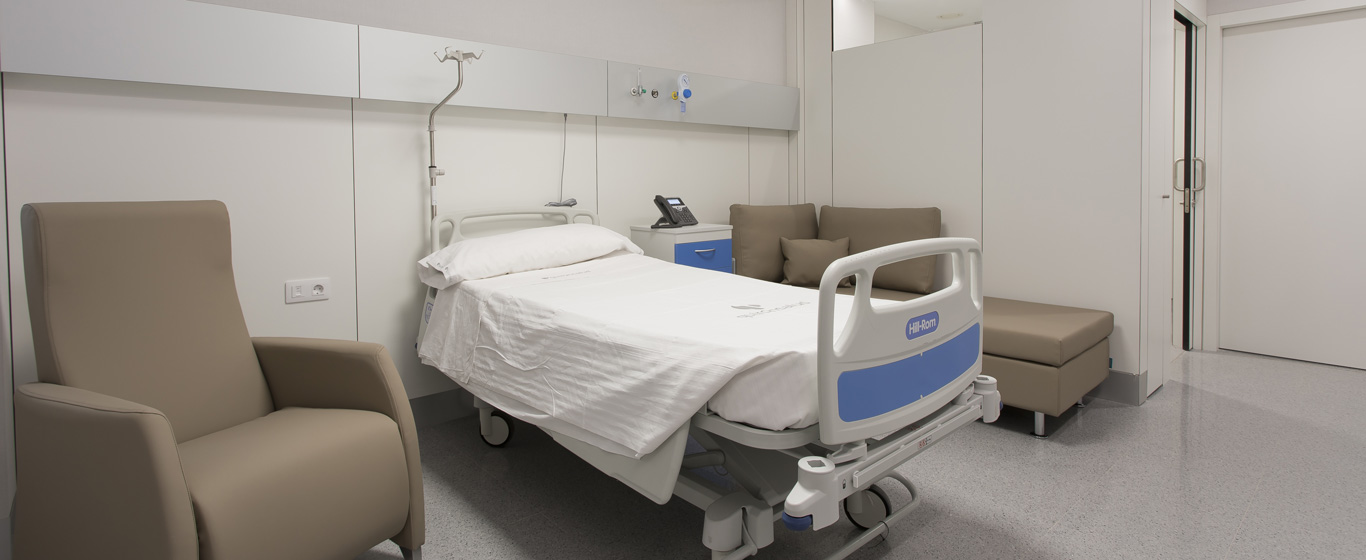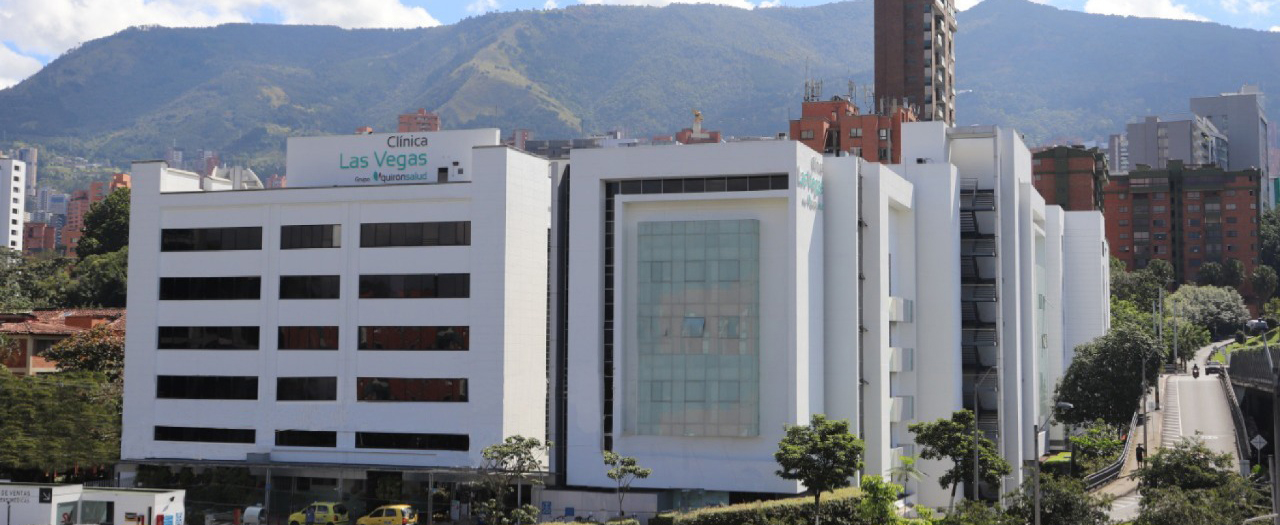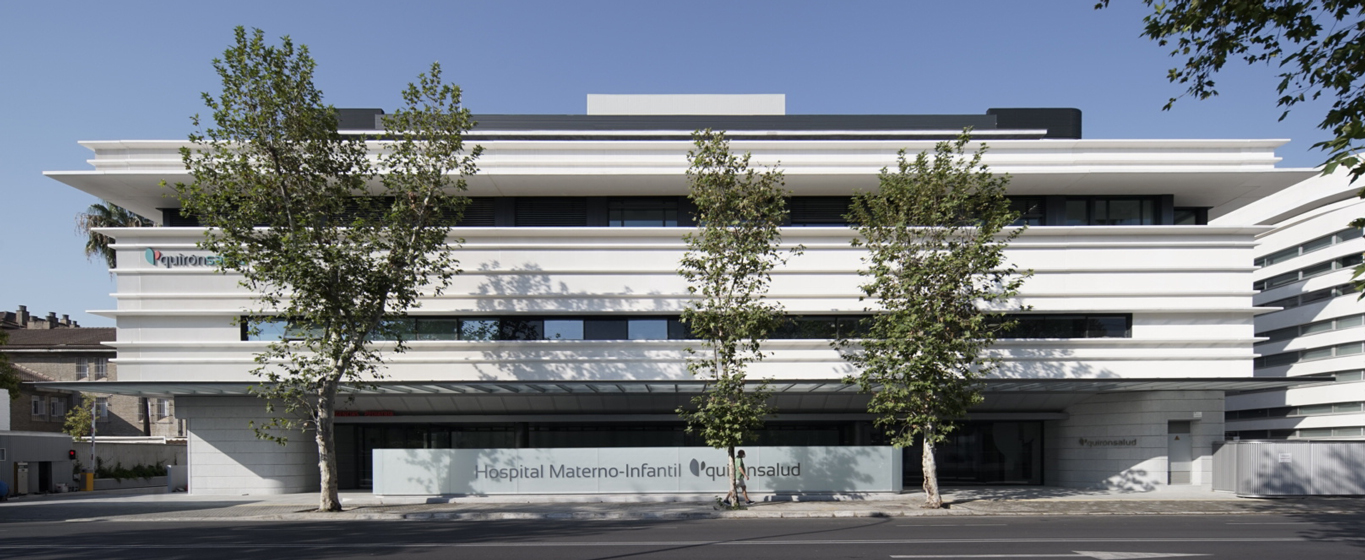Computed Tomography (CT) Scan
A computed tomography (CT) scan uses X-rays to obtain a three-dimensional representation of the body's internal organs. Images are taken from various angles and overlaid with the help of a computer.

General Description
Computed tomography (CT) is a diagnostic method that produces images of the inside of the human body. Also known as a scanner or CT scan, it uses X-rays to create a representation of the organs, bones, tissues, and blood vessels. The CT scan provides more detailed information than a standard X-ray thanks to the use of a computer that processes the data to generate images in cross-sectional slices and three-dimensional reconstructions of the body.
There are many uses for computed tomography, including the diagnosis of diseases, detection of tumors and lesions, and the planning of surgeries, treatments, or radiation cycles.
Specialists can choose between two types of CT scans:
- Non-contrast computed tomography: Used to observe dense organs such as bones. This only requires the use of the scanner.
- Contrast-enhanced computed tomography: X-rays penetrate soft tissues to a lesser extent, so it may be necessary to use a safe contrast substance that becomes visible when exposed to X-rays and prevents the images from appearing blurry.
Some of the most common studies are abdominal, brain, dental, thoracic, or pulmonary CT scans.
When is it indicated?
There are many reasons why a computed tomography scan might be performed. The most common include:
- Detection of infections, inflammations, hemorrhages, fractures, tumors, malformations, or vascular diseases.
- Planning of various medical procedures.
- Guiding surgeries, biopsies, or radiation therapy sessions.
- Monitoring the progression of diseases such as cancer or heart diseases.
- Verifying the results of treatments applied to specific conditions, such as radiation therapy.
How is it performed?
The CT scan is done with the patient lying on a table while the X-ray machine moves in a spiral pattern (helical computed tomography), which reduces the time needed to capture the images. The device rotates around a circular structure called the Gantry, and the table moves slowly back and forth through the scan.
Once the data is received after a complete rotation, the computer processes it to provide a two-dimensional image with a thickness of between one and ten millimeters, representing a longitudinal slice of the examined organ. By stacking each of these slices, a three-dimensional image of the patient’s body is created.
Risks
The X-rays used in a computed tomography scan emit a higher amount of ionizing radiation than a standard X-ray. However, when performed individually, they do not harm the body. Still, in patients undergoing frequent tests, the risk of developing cancer in the future increases. Radiation affects children more than adults, which is why alternative tests are often sought for pregnant women.
Contrast-enhanced CT scans are not dangerous, although some patients may experience mild allergic reactions to the components of the contrast substance, such as itching or rashes. Very rarely, these reactions are life-threatening.
What to expect from a computed tomography scan
Before entering the room, it is necessary to remove metallic objects and change into a gown provided by the medical center. Once inside, the patient lies on the table.
During the procedure, specialists stay outside the room to avoid radiation exposure, continuously observing the patient through a glass window.
A CT scan usually lasts between 20 and 30 minutes. During this time, the patient must remain as still as possible to ensure clear images.
If contrast is required, it is administered intravenously, orally, or rectally before starting. It is normal to feel a sudden warmth in the chest, neck, and genitals when iodine contrast is injected. If taken orally, a metallic taste may be felt. For enemas, the urge to evacuate the liquid usually disappears within a few minutes.
It’s also important to note that the X-ray device used in a CT scan makes noise when rotating, and the movement of the table might surprise patients trying not to move. If there is any sign of fear or anxiety, the patient should inform the specialist immediately.
This is an outpatient procedure, meaning hospitalization is not required. The results of a CT scan typically take about seven days to be available to the patient.
Specialties in which a CT scan is requested
Computed tomography is used in various specialties, both for diagnosis and for treatment application and monitoring. CT scans are common in radiology, cardiology, endocrinology, rheumatology, oncology, internal medicine, neurology, intensive care, and different types of surgery.
How to prepare
Generally, no specific preparation is required at home. However, for abdominal and pelvic CT scans, an enema may be necessary to ensure that the intestines are clean for the test. It is also recommended to fast for six hours before a contrast-enhanced CT scan.















































































































